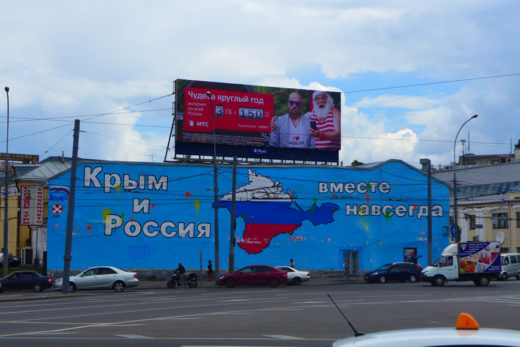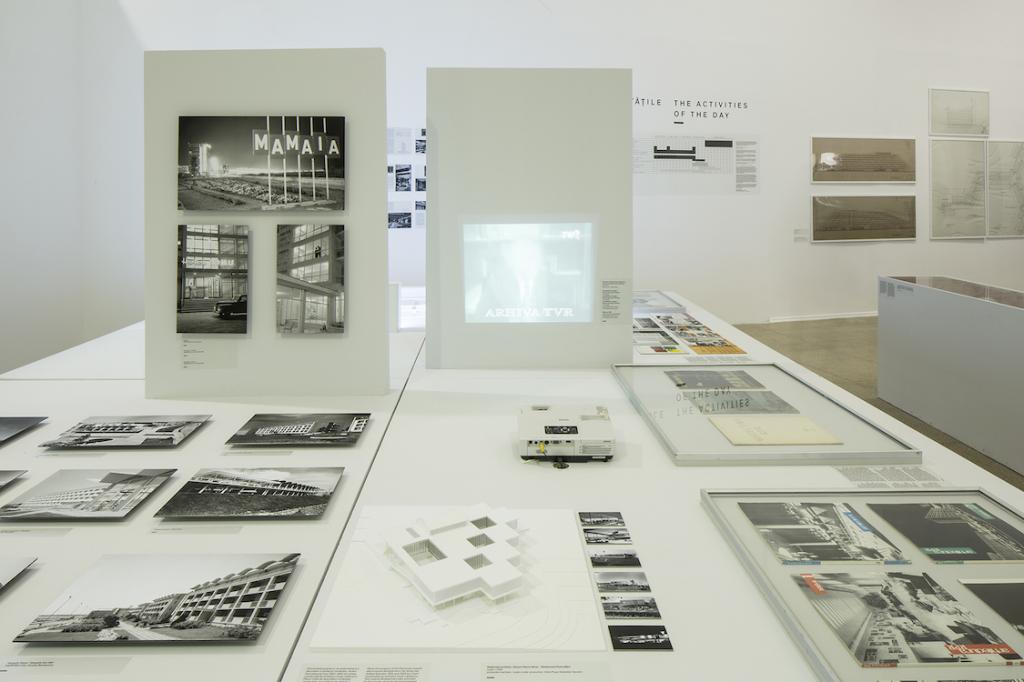When Canons Roar: Artists Reflect on the Conflict in Ukraine
For the 2015 edition of the Supermarket Art Fair in Stockholm (the annual international artist-run art fair), artists from Ukraine and its neighbouring countries were invited to discuss the role of art in times of war and chaos, as well as the possibilities for collaborating across borders. The art fair brought together artist-driven initiatives from around the world, including the collectives Parazit (St. Petersburg) and Open Place (Kyiv), whose members participated in the discussion below, together with Maria Kulikovskaya, an artist who is currently starting up an interdisciplinary feminist art residency in Kyiv. Building on this conversation in Stockholm, I … Read more






